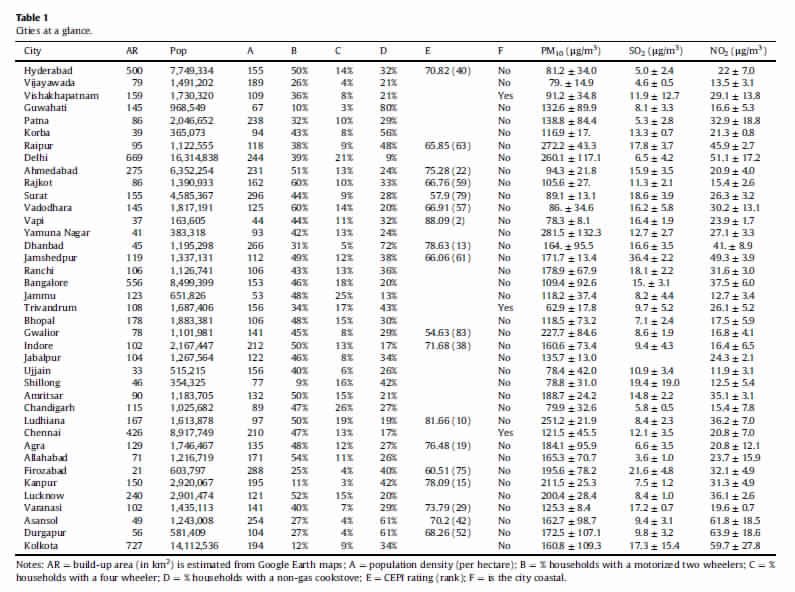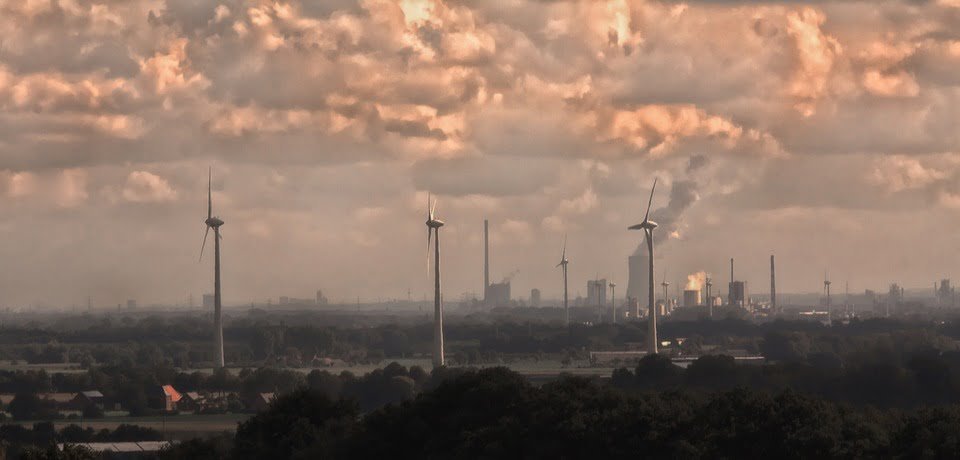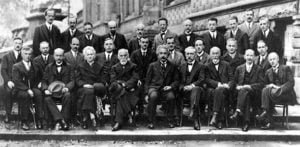The quality of air in India is a major concern, especially in cities and air pollutants such as particle particles, sulfur dioxide, nitrogen oxide, carbon monoxide and ozone over and over the national environmental standards and the WHO guidelines. Are there.
According to WHO, 37 cities in India are among the top 100 global cities of PM10 pollution, and cities in Delhi, Raipur, Gwalior, and Lucknow are listed in the top 10. A similar assessment was listed by the WHO in 2011. 27 cities in the top 100 It is based on limited information accessible from a nationwide manual surveillance network operated by the Central Pollution Control Board (New Delhi, India).

Diverse nature of pollution sources, considering the level of activity in cities, ranging from mega cities like Delhi to cities, the hierarchy of at least 5000+ urban centres (estimated in Census 2011), pollution with 23 million pollution Variations vary greatly across the country.
Often, high northern plains and lows in the south. The review of the nature of air pollution in Indian cities was published in 2014, which included discussions with the ability to control various sources across the country.
To complement the data generated on on-ground monitoring stations, many studies have used satellite data (in conjunction with established global models) to achieve global ground-level ambient PM2.5 concentrations, Is used for the global burden, it is estimated that due to exposure to Outdoor PM2.5 in 2010, there were 627,000 deaths in India in India.
Covering India, an extract of this data was presented in Fig. The number of the satellite is limited in one year, and the quantity of time spent by satellite in a year, there is some uncertainty associated with these derivatives.
However, with the help of on-ground measurements and regional emission-based models, these recovery methods are being improved every year. Since 2000 (and other pollutants) there is a resource to see the global satellite receiving PM2.5 concentration.

As long as on-ground measurement campaigns are more strong, secondary data fields such as a combination of manual and continuous stations, data from satellite data and dispersion modelling, will be the main source of information about air pollution in India.
Air Pollution is done in both modelling barrier and forecast model. In the Hindcast, we are seeing different emission sources, how they behaved or changed over time, and used monitoring data (ground and satellite) to validate modelling results. In forecast mode, updated emission lists are processed through meteorological areas (even in forecast mode) to establish what may be pollution in the next 72 hours.
What can be done
Countries around the world are dealing with various forms of air pollution. For example, China has been rapidly progressing to clean smog-choked skies since the years of industrial expansion, partially shutting down or cancelling coal-fired power plants.
In the US, California has been a leader in establishing emission standards for the purpose of improving air quality, especially in places like the famous Los Angeles. And the purpose of various types of efforts is to bring the cooking option to places where dangerous chefs are popular.
In any house, people can protect against indoor air pollution by increasing ventilation, testing for radon gas, using air purifiers, running kitchen and bathroom exhaust fan and avoiding smoking. While working on domestic projects, see Paint and other products low in volatile organic compounds: Green Seal, UL (Greenguard), and the U.S. Organizations like Green Building Council can help.
There are a number of steps needed to be taken to curb global warming, such as adding more renewable energy and changing gas-powered vehicles like petrol-fuel cars. At large, governments at all levels are committed to limit emissions of carbon dioxide and other greenhouse gases.
On November 4, 2016, the Paris Agreement is an effort to tackle climate change globally. And Kigali Amendment wants to ban heat-trapping hydrofluorocarbons (HFC) besides CFCs to advance the progress made by the Montreal Protocol.



